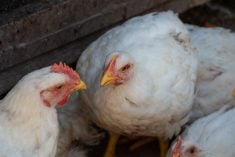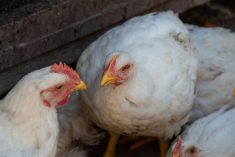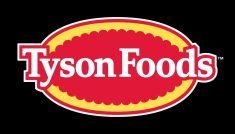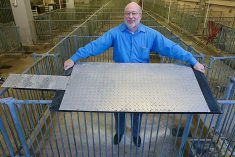Canadian burger and root beer chain A+W has set up additional standards for broiler barns supplying chicken meat to its restaurants.
On top of its existing requirements for raising birds on grain-based diets without the use of antibiotics, the company on Friday announced it would require a new maximum stocking density for birds in its barns “beginning now.”
The new stocking densities, A+W said, call for all its supplying farmers to maintain barn density levels that “meet or exceed” the standard set out in the Global Animal Partnership’s step level 2.
Read Also
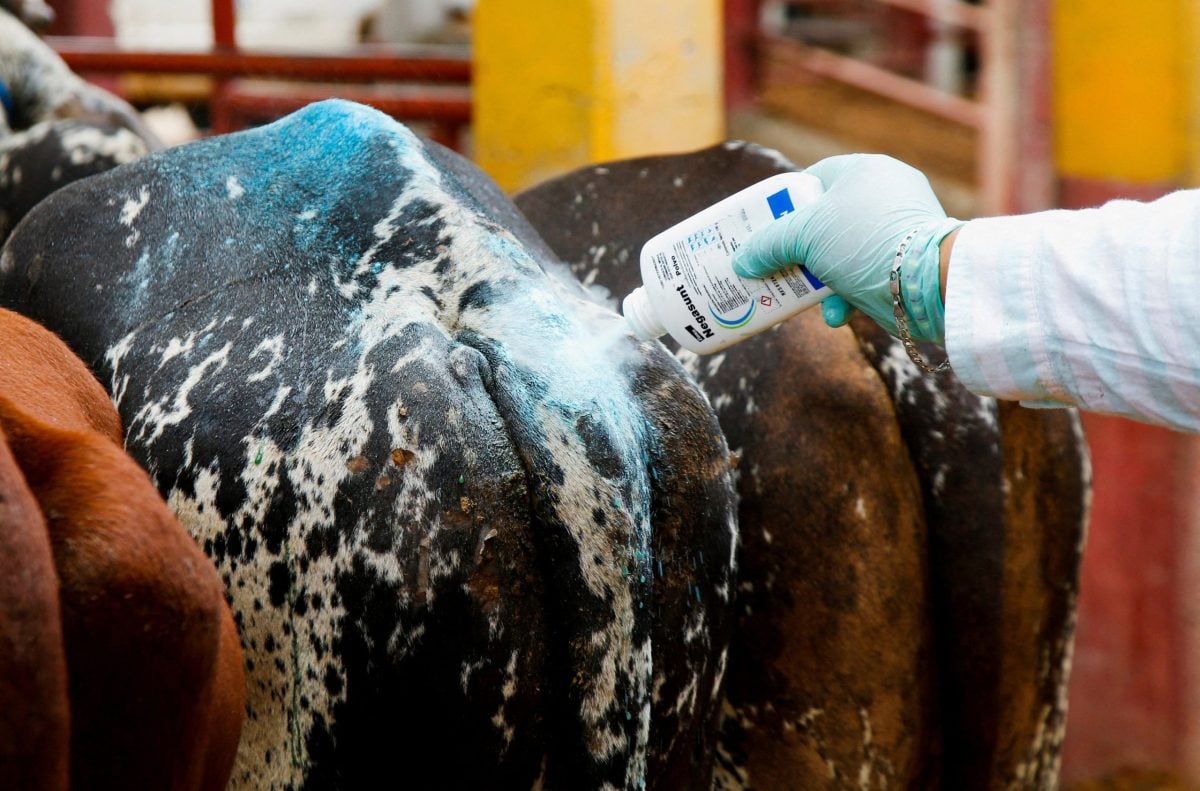
Mexico agriculture secretary says still no date for restarting cattle exports to U.S.
Mexican Agriculture Minister Julio Berdegue said on Wednesday that Mexico and the United States have not yet set a date to resume Mexican cattle exports amid an outbreak of the flesh-eating screwworm parasite.
As per GAP step level 2, stocking density, based on average weight of all chickens per flock per area at the time of catching and loading, must not exceed 6.5 lbs. per square foot for birds placed on or after Oct. 1, 2014.
The company said Friday it would also now require introduction of “physical enhancements that best allow for natural bird behaviour, while preserving an antibiotic-free environment.”
A+W, in its release, didn’t specify what kind of enhancements it would require, though the GAP calls for “enrichments” that “add complexity” to the birds’ environments and encourage expression of natural behaviour “without losing their novelty.”
The GAP’s examples include items such as straw or hay bales, raised platforms and “provision of forages or brassicas” and scattered grains. Items such as perches, litter and dust baths aren’t considered enrichments under the GAP.
Also, items such as pipes or PVC tubing that “quickly lose their novelty and/or go unused by the chickens” aren’t considered acceptable.
A+W also said it would now require producers to ensure at least six hours of darkness in their barns “so chickens can rest better at night.”
“We want to continuously raise the bar in animal welfare to ensure animals are treated with respect,” A+W president Susan Senecal said in the company’s release.
“Today, we have elevated our standards to include some new ones. It all adds up to a better life.”
A+W noted it also uses breeds of birds that can thrive in broiler barns with “optimal” health, raised to a weight “best for maintaining mobility and leg and foot health.”
The company noted the University of Guelph is in the midst of a study “to determine whether there may be breeds of chickens better suited for Canadian farms” and “looks forward to the results of this study.” — AGCanada.com Network



